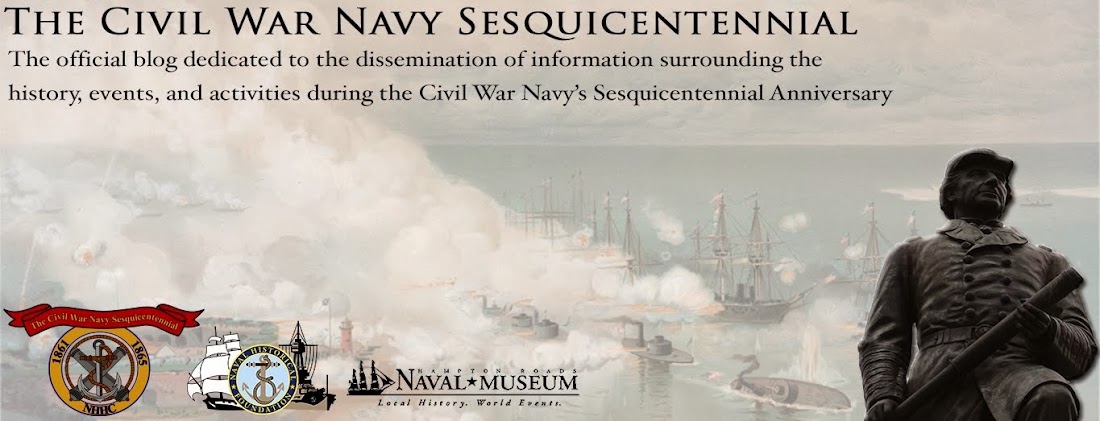
After taking Port Royal, South Carolina, in November 1861, the South Atlantic Blockading Squadron began looking south down the Atlantic coast for the next target. USN leadership in Washington (Sec. Welles and Asst. Sec. Fox) wanted this to be the Port of Fernandina, Florida, but miscommunication and disagreement among US Army and Navy leaders in the region eventually focused on closing down the Port of Savannah, Georgia. While the US Army began to prepare for the siege and conquest of Fort Pulaski, near the mouth of the Savannah River, Flag Officer DuPont sent Cdr. John Rogers to reconnoiter the labyrinth of channels around and upstream of Ft. Pulaski to see what US Navy ships could do in the area. After several forays, Rogers concluded that shallow depths in the channels(exacerbated by obstacles placed by the Confederates) were a major constraint on naval operations in the area. During much of this effort, DuPont and US Army General Thomas W. Sherman argued over who was impeding operations in the region.
Eventually DuPont and Sherman agreed that a demonstration “in force” against the City of Savannah would buy some time while preparations were being made for the siege of Ft. Pulaski. In late January 1862, DuPont sent two squadrons, one under the command of Rogers and the other under Flag Capt. Charles H. Davis, up separate channels flanking the Savannah River (and eventually joining its mainstem). The Confederates interpreted this as an assault on Ft. Pulaski, and Commodore Josiah Tattnall, now commanding CSN Navy forces on the Georgia coast, assembled his Mosquito Fleet to resupply Ft. Pulaski. Tattnall’s flotilla steamed downriver from Savannah on 27 January, following the river mainstem. As they approached Pulaski, Tattnall found himself “in the gauntlet”; his ships were right in between Rogers’ and Davis’ squadrons in separate channels of the river delta, separated by marshy tidelands. Davis tried to get his ships through so he could directly engage Tattnall’s ships, but obstructions placed by the Confederates and shallow depths impeded him. Both Davis and Rogers thought that they could get behind Tattnall and block him from returning to Savannah when he made the run to Pulaski, but the crafty old Commodore in gray sent his smaller, shallow draft gunboats and transports on to aid the Fort and kept his flagship (CSS Savannah) and larger gunboats back in safer waters. When Rogers and Davis realized they were stymied, they both opened fire on Tattnall’s ships, which “returned the favor” in the best spirit. The firing continued for about an hour, and resumed in the afternoon after a break. Relatively little damage was caused to ships and crews on both sides.
By early February 1862, the siege of Ft. Pulaski was beginning to solidify as the US Army mounted batteries on adjacent islands and points. Much of the construction was done at night under the cover of darkness, and USN gunboats provided important cover and acted as a “force multiplier” (as Robert Browning aptly put it) during the day when tide and water depth permitted. Tattnall actually met with General Robert E. Lee in late February to discuss an effort to provide relief to the fort, but by then the Union force in the area would have pulverized the expedition they envisioned and they abandoned this idea. Pulaski eventually surrendered to Union forces in early April 1862.

Fort Pulaski after the Union siege. Source: US National Park Service web site

No comments:
Post a Comment